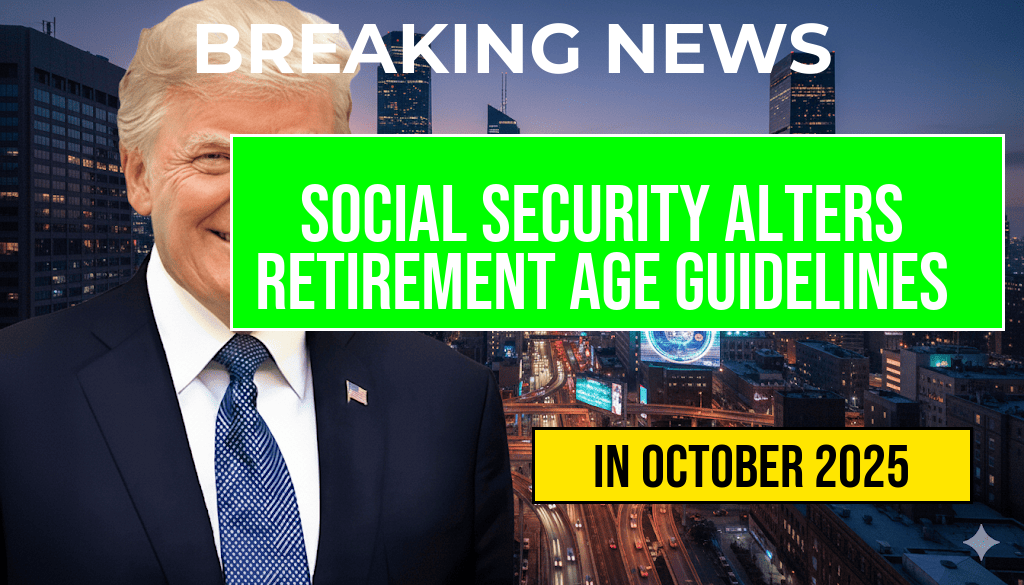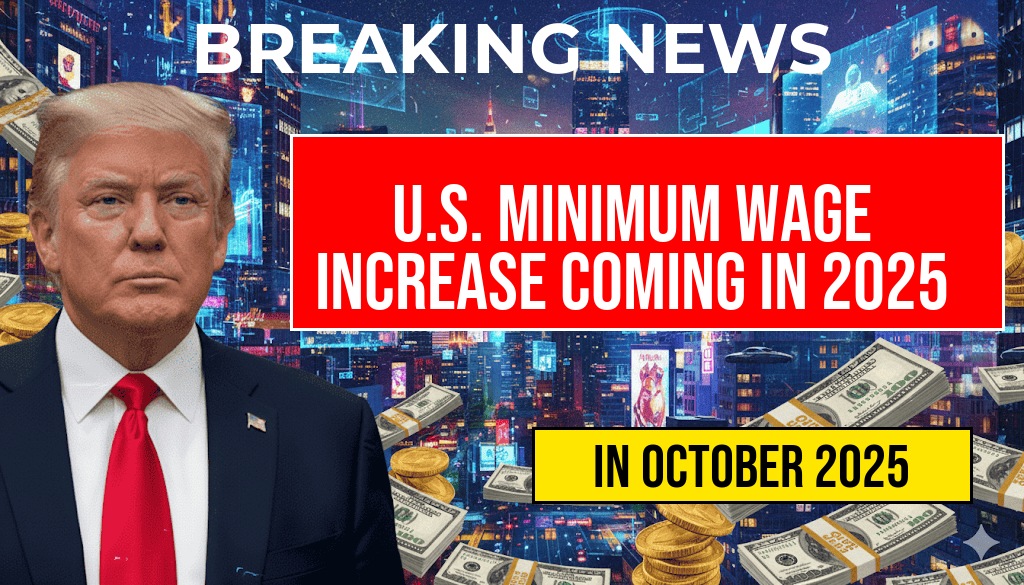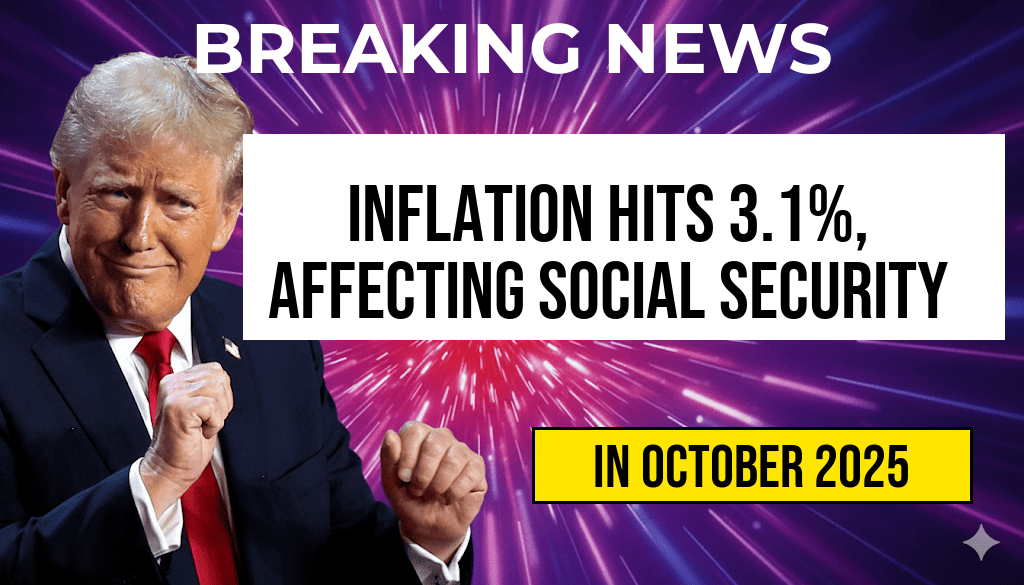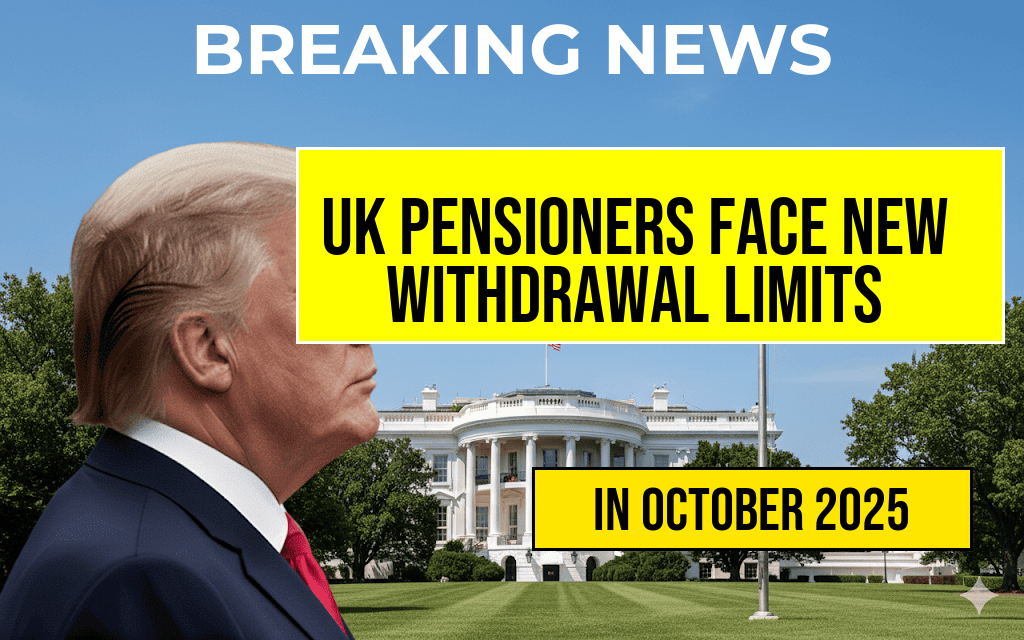The U.S. minimum wage is poised for a significant increase in 2025, reflecting the government’s ongoing efforts to address rising living costs across the nation. Effective October 4, 2025, the new hourly pay rate will rise to $15.00, marking a notable shift in wage policy aimed at improving economic conditions for millions of American workers. This decision comes amidst ongoing discussions about income inequality and the need for a more sustainable living wage, particularly in urban areas where the cost of living continues to climb. Advocates argue that this increase will help lift many workers out of poverty and stimulate local economies, while opponents express concern about potential impacts on small businesses. As states and localities grapple with their own minimum wage laws, the federal increase sets a new benchmark for wage standards nationwide.
Details of the Minimum Wage Increase
The upcoming increase in the federal minimum wage is part of a broader strategy to enhance worker compensation. The adjustment will not only affect hourly workers but will also have ripple effects across various sectors of the economy. Here’s a breakdown of the key details:
- Current Minimum Wage: $7.25 per hour
- New Minimum Wage (Effective October 4, 2025): $15.00 per hour
- Percentage Increase: 106.9%
- Frequency of Adjustments: The minimum wage is typically evaluated every few years, depending on economic conditions.
Impact on Workers and Businesses
Supporters of the minimum wage increase argue that raising the pay floor will significantly benefit low-income workers, particularly in sectors such as retail and hospitality. According to a report from the U.S. Department of Labor, nearly 1.3 million workers are expected to see their wages rise as a result of this policy change. Proponents contend that this increase will help families afford basic necessities, including housing, food, and healthcare.
However, critics warn that the increase could lead to job losses and reduced hours for some employees, especially among small businesses that may struggle to meet the new wage requirements. A study by the Economic Policy Institute suggests that while many workers will benefit, some businesses may face challenges in adapting to the higher labor costs.
State and Local Variations
While the federal minimum wage is set to rise, many states and municipalities have already established higher minimum wages. Some areas have enacted laws that surpass the new federal standard, recognizing the higher cost of living in urban centers. For instance, cities like San Francisco and New York have minimum wages that exceed $15.00 per hour, reflecting local economic conditions.
| State | Current Minimum Wage | Projected 2025 Minimum Wage |
|---|---|---|
| California | $15.50 | $15.50 |
| Texas | $7.25 | $15.00 |
| New York | $15.00 | $15.00 |
| Florida | $11.00 | $15.00 |
Public Opinion and Future Considerations
Public sentiment regarding the minimum wage increase is mixed. Polls indicate that a majority of Americans support raising the minimum wage, particularly among younger voters. Advocacy groups are actively campaigning for further increases, arguing that the current wage levels are insufficient to support families in today’s economy.
As the October 2025 implementation date approaches, discussions surrounding the minimum wage are expected to intensify. Lawmakers will likely continue to debate the implications of this wage increase, considering factors such as inflation, employment rates, and overall economic growth. With the landscape of work continually evolving, the minimum wage will remain a focal point in conversations about economic justice and worker rights in the United States.
Frequently Asked Questions
What is the new federal minimum wage set to rise to in 2025?
The new federal minimum wage is set to rise to $15 per hour, effective from October 4, 2025.
How will the increase in minimum wage affect employees?
The increase in minimum wage will provide higher earnings for millions of workers, helping to improve their standard of living and reduce poverty levels.
Are there any exceptions to the new minimum wage rate?
Yes, certain states and localities may have their own minimum wage laws that could set rates higher than the federal increase, so it’s important to check local regulations.
When was the last increase in the federal minimum wage before this change?
The federal minimum wage has not been increased since 2009, making the upcoming change significant for many workers.
How can employers prepare for the rise in minimum wage?
Employers can prepare for the rise in minimum wage by reviewing their payroll systems, adjusting budgets, and considering adjustments to pricing strategies to accommodate the increased labor costs.












